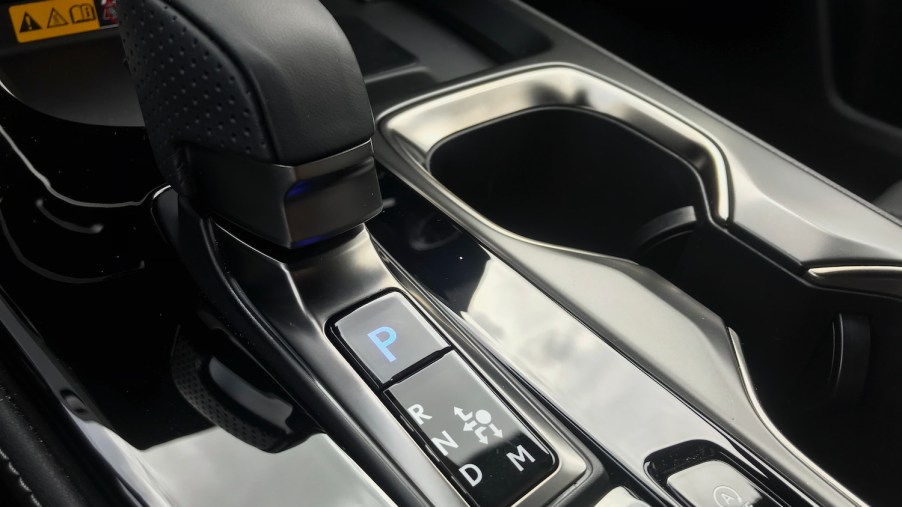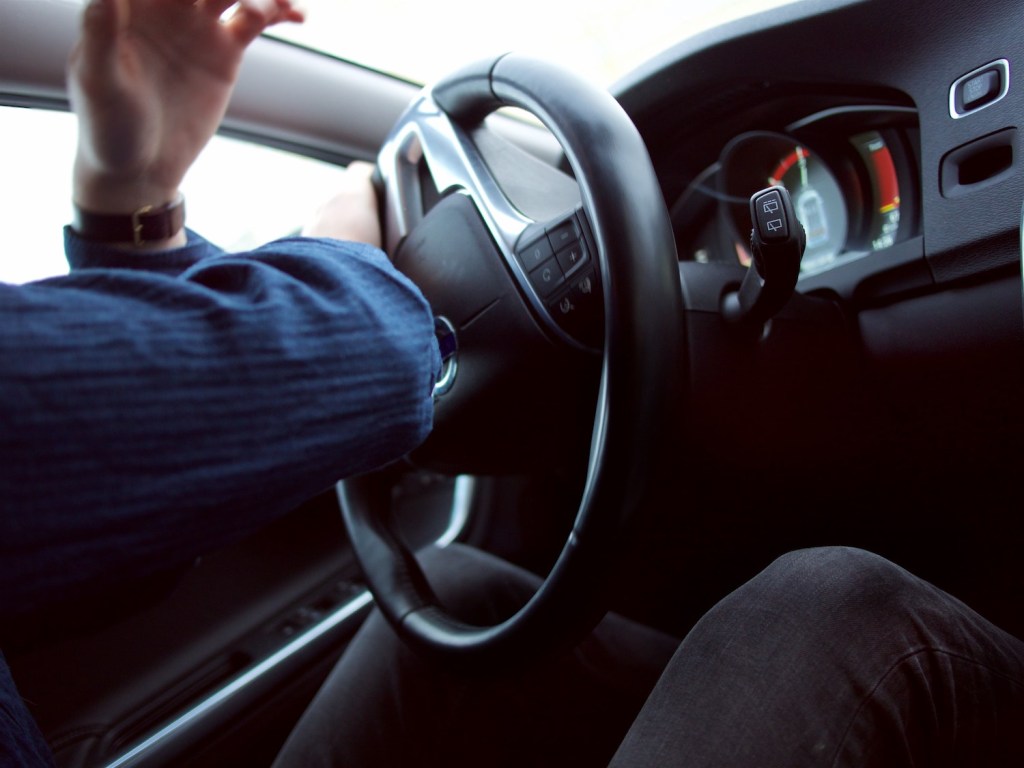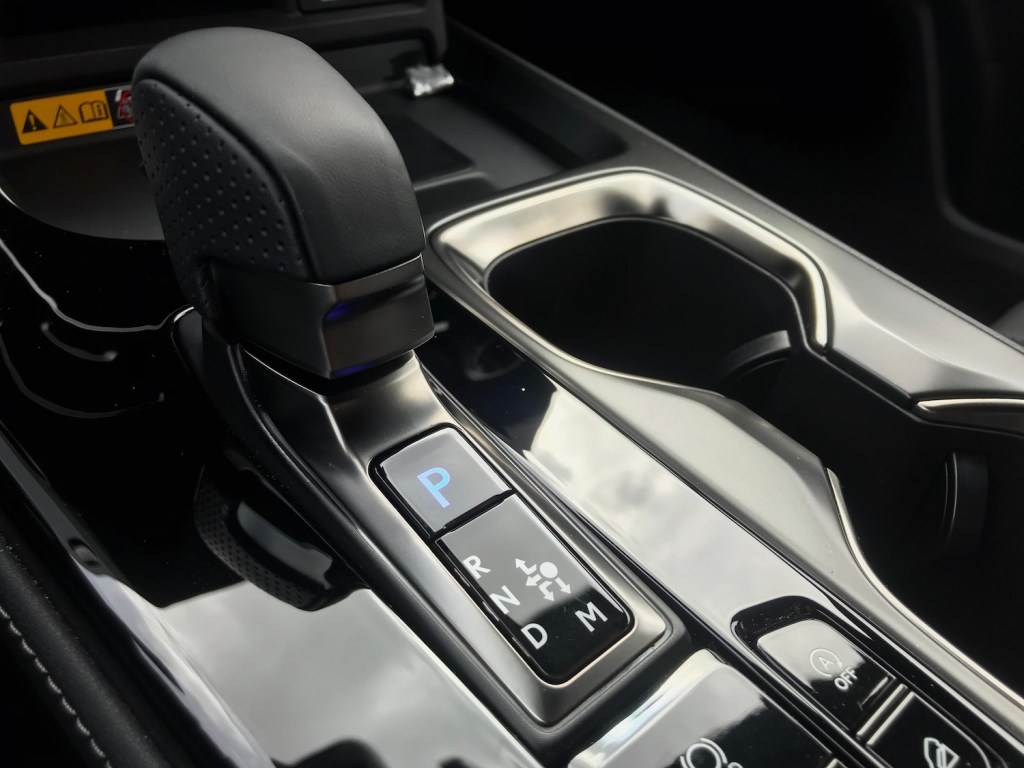
When Is Downshifting an Automatic Transmission Necessary?
Having to downshift a car with an automatic transmission might sound like an oxymoron, but there are times when it’s necessary. Of course, you might be wondering why anyone would need to downshift an automatic transmission in the first place. But trust us, there’s a reason that there’s more than just the “D” on the gear shift lever.
What’s the point of downshifting an automatic transmission?

The main point of downshifting an automatic transmission is to select the right gear for the right situation. According to Napa Auto, your car’s automatic transmission has a computerized brain that “knows” which gear to be in most of the time. However, it doesn’t have the same eyes and ears that you have, so there may be times when you need to shift to a lower gear yourself.
When to downshift an automatic transmission

You should mainly downshift your car’s automatic transmission in low-traction situations. Especially when the car has already shifted through the gears, but it’s still not gaining any traction, notes Family Handyman. For example, if your vehicle is stuck in the mud and spinning its wheels, then it’s possible to overheat the transmission fluid if it’s constantly shifting through the gears in an effort to find the right one.
But if you downshift into the “L, 1, 2, or 3” slots on your automatic transmission, then it will lock into the lower gear and improve its torque output and produce better maneuverability.
Here are some other times it may be necessary to downshift into a lower gear:
- When pulling the car out of a snowbank
- Driving on icy or slick roads
- Driving through mud
- When towing a trailer or anything else
- When driving down a mountain or a steep grade
Fortunately, some cars and trucks in today’s market come with a “grade assist” feature that uses sensors and electronics to automatically downshift the transmission descending a steep grade. In that case, downshifting the car manually is not necessary.
In order to manually downshift your car’s automatic transmission, you can shift it into one of the gears listed below “D.” It can differ from car to car, however, many cars have a “1, 2, or 3” slot while others have an “L” gear, which stands for “low gear.”
Using steering-wheel-mounted paddle shifters to downshift your car
If your car has paddle shifters mounted behind its steering wheel, then it’s possible to downshift the car using those. Pull the left paddle to downshift the car by one gear, twice for two gears. Most cars with this function won’t allow the driver to downshift into too low of a gear, so there’s typically no worries about over-revving the engine. If you want to shift up through the gears, then simply pull on the right paddle to upshift through the gears.
While downshifting an automatic transmission is rarely needed, there’s a reason why the lower gears exist. If your car happens to be stuck in a rut or you need to slow things down when going down a steep hill, those lower gears will be there for you. Just don’t try and shift through them for racing, for that purpose, you’ll probably be better off with a manual transmission instead.



